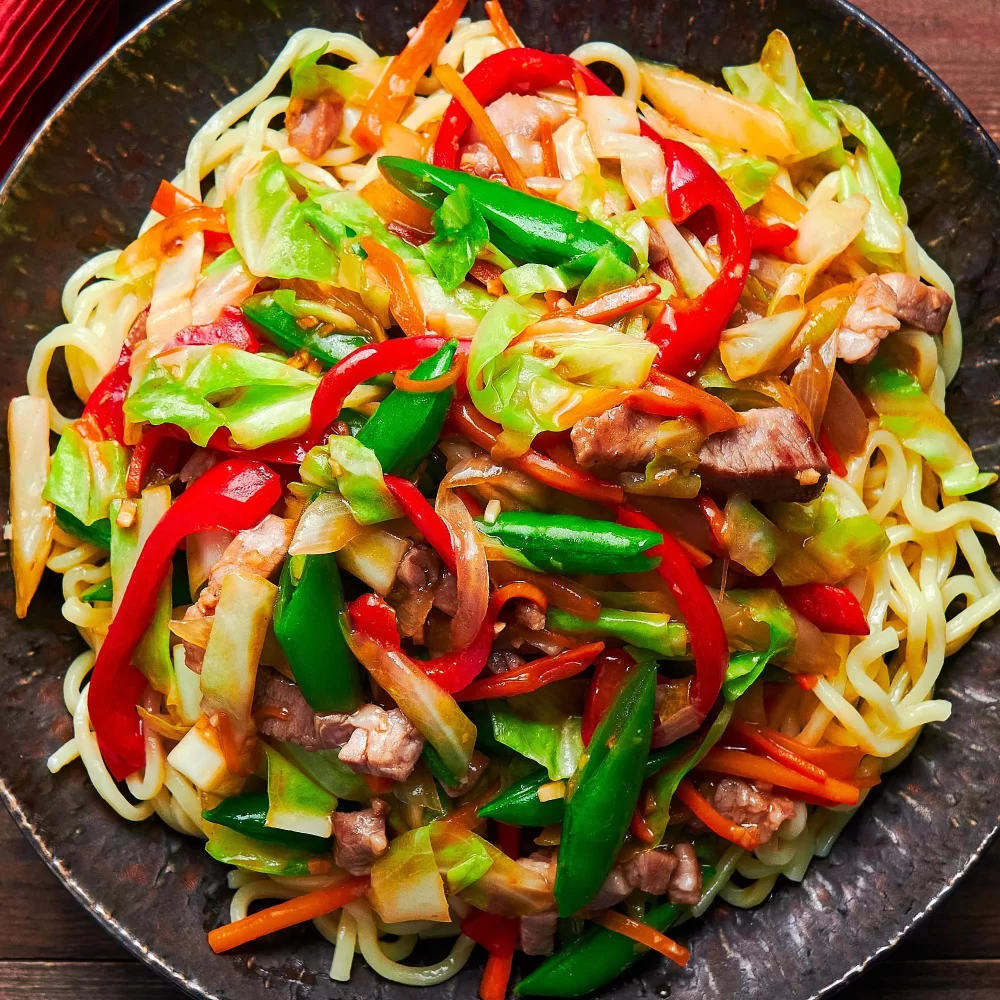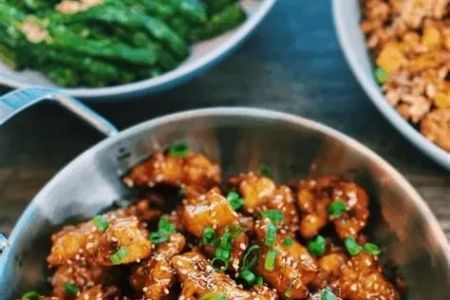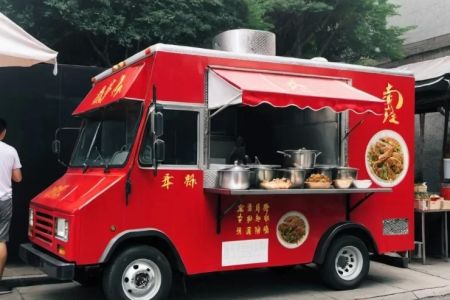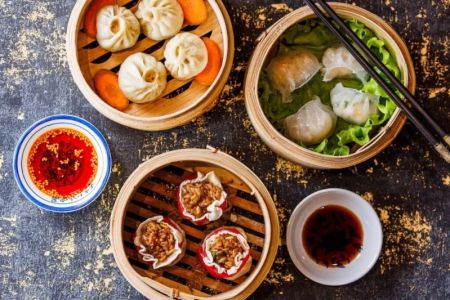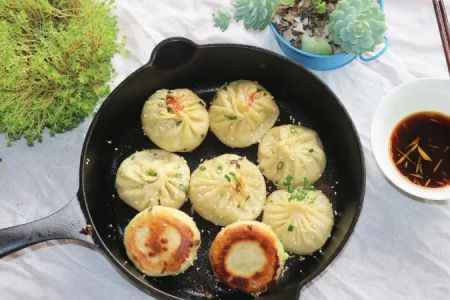- 1-Defining-Chop-Suey
- 2-Historical-Origins-of-Chop-Suey
- 3-Typical-Ingredients-in-Chop-Suey
- 4-Cultural-Significance-and-Evolution
- 5-Regional-Variations-and-Preparation-Styles
- 6-Chop-Suey-in-Modern-Chinese-Cuisine
1. Defining Chop Suey
Chop suey is a well-known dish commonly found in Chinese-American cuisine, characterized by a mix of meats, vegetables, and savory sauce served over rice or noodles. The term "chop suey" loosely translates to “assorted pieces” or “mixed bits,” reflecting its nature as a stir-fried medley of ingredients.
Though widely associated with Chinese food, chop suey’s exact recipe varies widely, offering flexibility and adaptation depending on available ingredients and regional tastes.
2. Historical Origins of Chop Suey
The origins of chop suey are debated, with stories tracing back to Chinese immigrants in the United States during the 19th century. Some historians suggest it was created in American-Chinese restaurants to cater to Western palates, blending traditional Chinese stir-fry techniques with accessible ingredients.
There are legends about its invention by Chinese cooks in San Francisco or New York who improvised meals from leftovers, making chop suey a symbol of cultural fusion and adaptation.
3. Typical Ingredients in Chop Suey
Chop suey commonly includes a variety of proteins such as chicken, pork, beef, shrimp, or tofu, combined with vegetables like bean sprouts, cabbage, celery, and water chestnuts. The dish is usually flavored with soy sauce, garlic, ginger, and sometimes oyster sauce or broth for richness.
This blend of textures and flavors creates a savory, slightly sweet profile that appeals to diverse tastes, making chop suey a favorite in many households.
4. Cultural Significance and Evolution
Chop suey represents more than just a dish; it embodies the immigrant experience and the blending of cultures. It helped popularize Chinese cuisine in America and opened doors to greater acceptance of ethnic foods.
Over time, chop suey has evolved, incorporating local ingredients and culinary trends, reflecting the dynamic nature of food culture and identity.
5. Regional Variations and Preparation Styles
Different regions and restaurants put their spin on chop suey, adjusting ingredient combinations and cooking methods. Some versions emphasize a thicker sauce, while others maintain a lighter, broth-like consistency. Variations might include more seafood, different vegetables, or unique spice blends.
These adaptations illustrate how chop suey remains relevant and customizable, suiting a wide range of preferences.
6. Chop Suey in Modern Chinese Cuisine
While chop suey is less common in China today, it continues to be a beloved staple in Chinese-American and Western Chinese food menus. It serves as a gateway dish for many exploring Chinese cuisine and remains a nostalgic comfort food.
For those interested in authentic recipes or exploring Chinese culinary traditions, our website Chinese Food offers detailed guides, recipes, and product recommendations to experience chop suey and other classic dishes in their best form.


